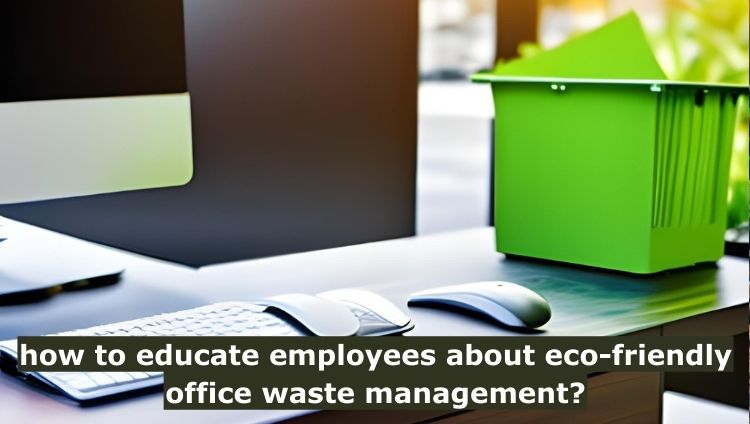In our ever-evolving world, environmental issues are gaining increased attention. People are becoming more aware of how human actions affect the planet. As a result, companies are receiving encouragement to embrace sustainable practices.
One particularly important aspect of this is managing office waste responsibly.
Educating employees about eco-friendly office waste management serves a dual purpose: it helps in building a more environmentally conscious workplace and cultivates a sense of responsibility and dedication among the staff.
This article is dedicated to offering a thorough guide on how to educate employees about eco-friendly office waste management.
Recognizing Why Eco-Friendly Office Waste Management is Important?
It’s crucial to explain to employees the significance of managing waste in an eco-friendly manner. Help them understand the environmental impact of waste and how their actions can contribute to positive change.
Related Post: How Waste Management affects the Environment?
Understanding the Various Types of Waste Found in the Office
Educating employees on the various types of waste typically generated in an office setting—such as paper, plastics, electronics, and food waste—is crucial. This knowledge empowers them to effectively separate materials, promoting responsible and environmentally friendly management of office waste.
To delve deeper into waste categorization, check out how to prevent cross-contamination in recycling bins.
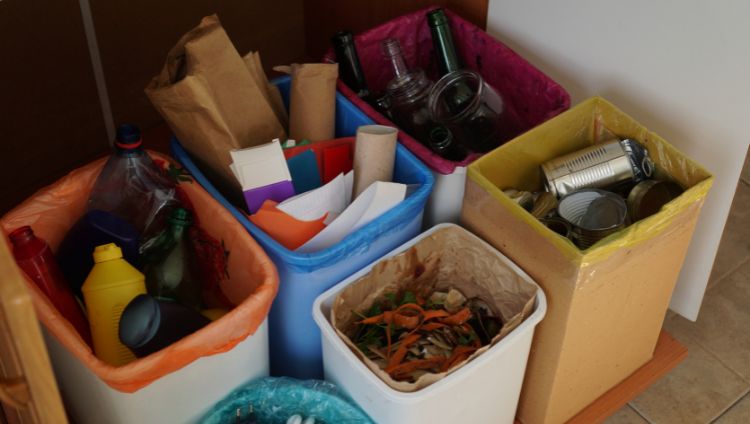
Establishing a Recycling Program
Starting a recycling program in your office is a great way to support a cleaner, greener environment. Not sure where to start? Don’t worry – it’s an easy process, and I’ll walk you through every step.
For additional guidance, learn how waste management affects the environment.
Step 1: Planning Your Recycling Program
Start by organizing your recycling initiatives. Team up with colleagues who are passionate about environmental sustainability.
Determine which items to recycle, including paper, cardboard, glass, plastics, and aluminum cans. Reach out to your local recycling center to learn which materials they accept, as this can differ based on your location.
Step 2: Setting Up Recycling Bins
Once you’ve identified the materials to recycle, arrange for recycling bins to be placed in convenient locations around your office for easy access.
Make sure all employees are informed about where the bins are located.
To avoid confusion, consider using color-coded bins or clear labels to indicate what materials go in each. For example, a blue bin can be designated for paper and a green one for plastic bottles.
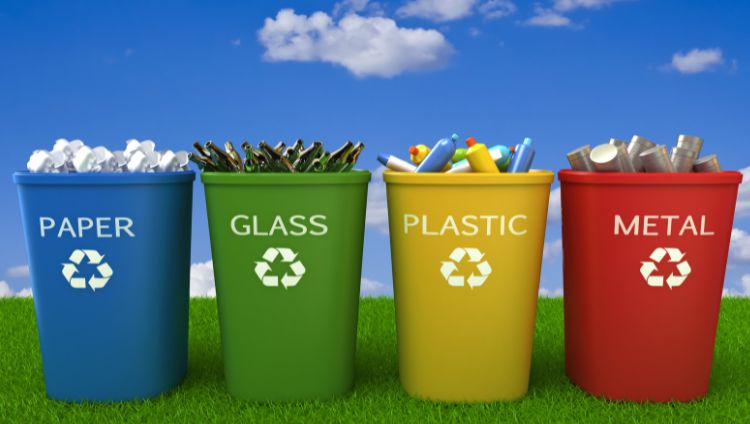
Step 3: Collecting Recyclables
Now that your bins are in place, encourage all employees to use them correctly.
Remind them to empty and rinse containers like bottles and cans before placing them in the bins.
This helps prevent contamination and ensures that the materials can be recycled effectively.
Step 4: Sorting the Materials
When recycling bins become full, it’s a perfect time to start sorting! Think about designating a specific area in your office or teaming up with a local recycling facility for help.
Effective sorting is crucial to make sure every material goes to the right recycling destination. For example, paper should be sorted with paper, and plastic with plastic.
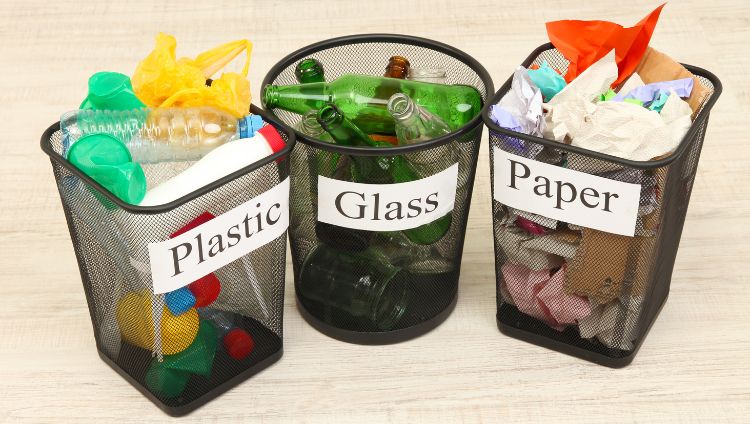
Step 5: Transporting to the Recycling Center
Once sorted, the recyclables are prepared for transport to the recycling center, where the transformation begins!
These centers possess the necessary machinery and know-how to process these materials and transform them into new products.
By sending your recyclables to these facilities, you’re not just minimizing waste but also preserving precious resources and energy.
Discover innovative technologies for efficient waste disposal and recycling.
Everyday Actions for Energy Conservation
One straightforward step is turning off lights when we leave a room. It might seem small, but it reduces the electricity we consume, which means less pollution from power plants.
Another simple action is unplugging devices and chargers when they’re not in use.
Even when they’re not actively charging, some devices continue to use a small amount of electricity. By unplugging them, we stop this “phantom power” waste.
Lastly, consider using energy-efficient appliances. These are designed to use less energy, which not only saves you money on your utility bills but also reduces the strain on our energy resources and the environment.
Now that you’re armed with these energy-saving tips, share them with your colleagues.
Imagine if everyone in the office took these small steps it would add up to significant energy and environmental savings!
Encourage your co-workers to turn off lights in common areas and meeting rooms when they’re not in use.
Suggest that they unplug phone chargers and other devices when they’re finished with them.
You can even have friendly competitions or challenges to see who can come up with the most creative and effective energy-saving ideas.
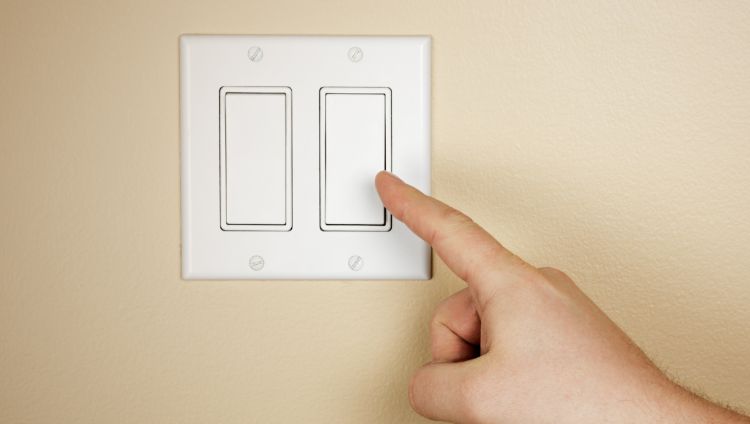
Frequently Asked Questions
Why is it important to educate employees about eco-friendly office waste management?
Educating employees about eco-friendly office waste management is crucial because it helps reduce the environmental impact of your business.
It can lower waste disposal costs, enhance your company’s sustainability image, and align with the values of employees and customers who prioritize environmental responsibility.
How can I make waste sorting easier for employees?
To make waste sorting more accessible, provide clear guidelines and color-coded bins for different types of waste. Regularly communicate and reinforce these guidelines, and ensure bins are conveniently located in common areas.
What can employees do to reduce office waste besides recycling?
Employees can reduce waste by practicing the 3Rs: Reduce (use less), Reuse (use items multiple times), and Recycle (properly dispose of recyclables).
They can also reduce paper use by digitizing documents, and minimize food waste by using reusable containers and planning meals effectively.
How can I motivate employees to participate in eco-friendly waste management?
Motivate employees through incentives, recognition, and by involving them in eco-friendly initiatives.
Highlight the positive impact their efforts have on the environment and share success stories to inspire them.
Conclusion
Promoting eco-friendly office waste management is a key priority as we strive for sustainability in our workplace.
We emphasize the importance of these practices through informative training sessions and by fostering a culture where everyone actively participates in environmental conservation. This approach not only reduces our ecological footprint but also enhances individual engagement.
To streamline the process, we’ve established clear guidelines, provide regular updates, and offer expert support to help implement effective waste management practices.
To keep the team motivated, we incorporate interactive elements like games, real-world examples, and incentives to maintain interest and enthusiasm.
Teamwork is essential! By working together and staying dedicated to creating a positive impact, we can make our workplace more environmentally responsible and contribute to a better future for all.
To gain a broader perspective, check out how to improve waste management in cities. For a deeper understanding of successful waste management strategies, explore our Blog.


